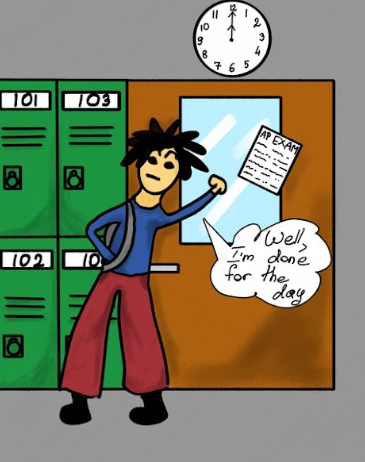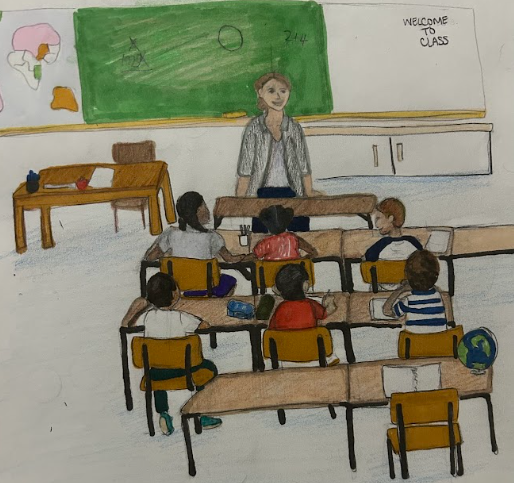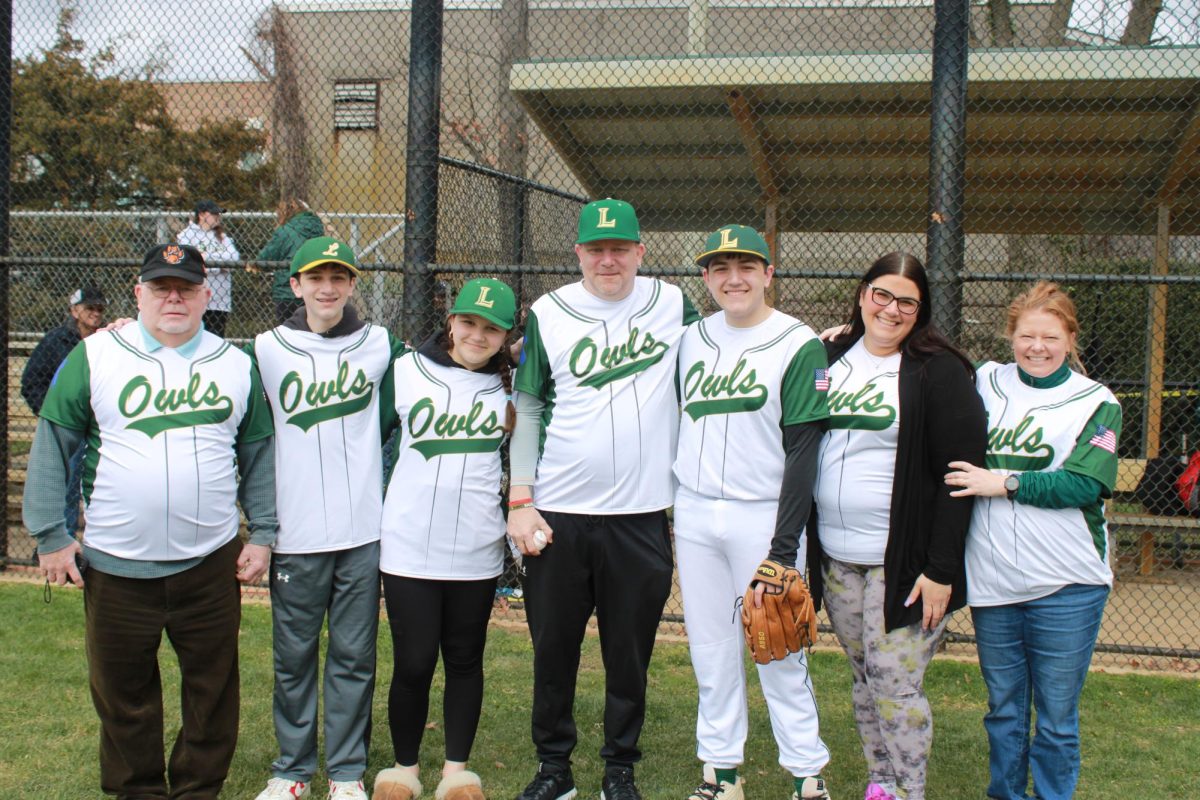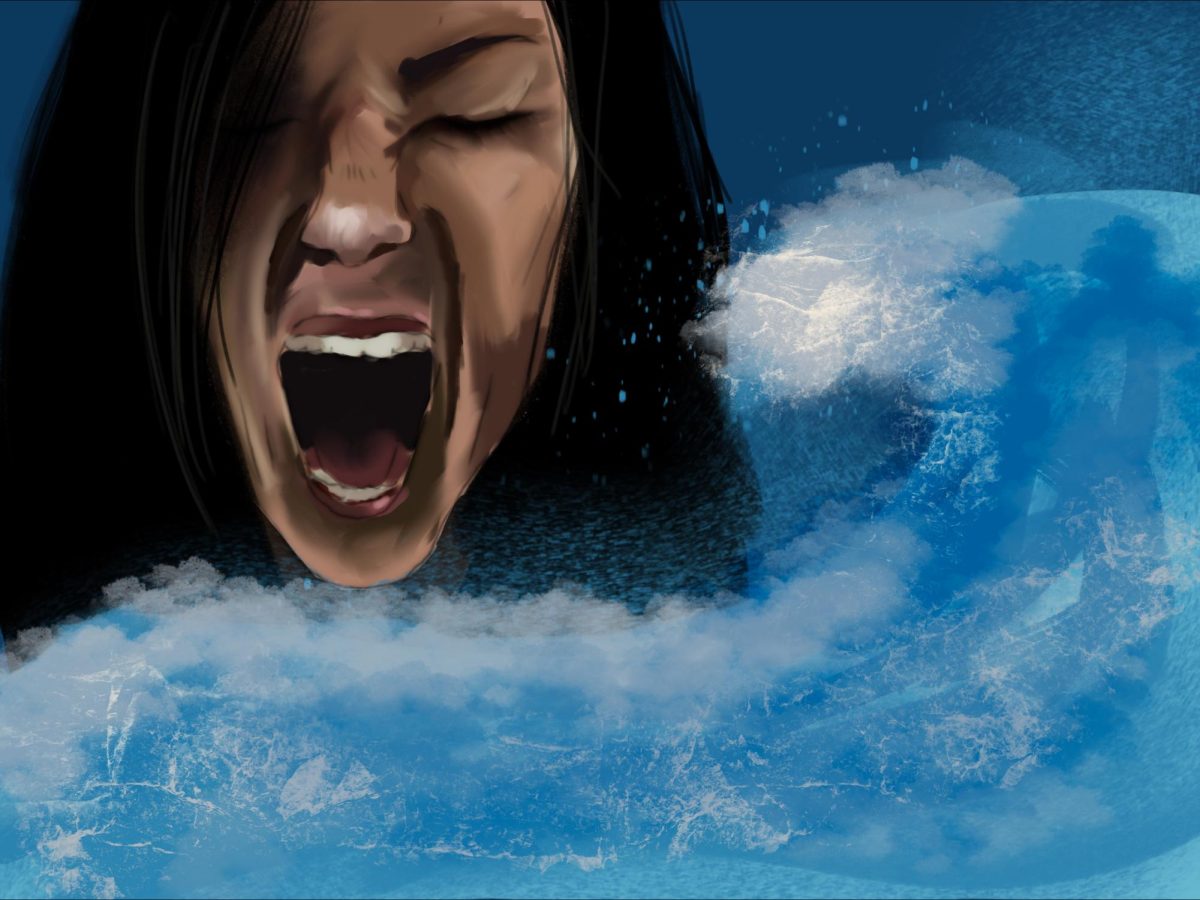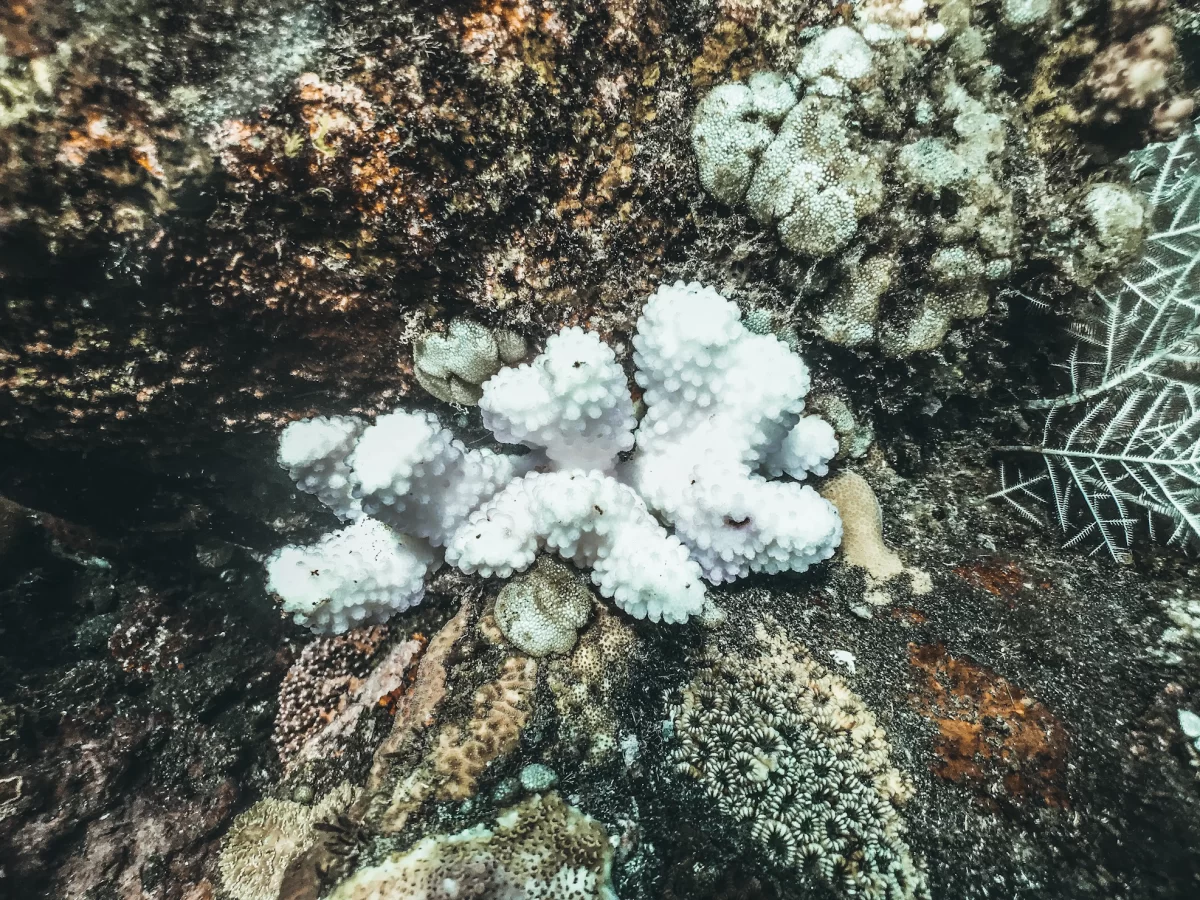Thousands of fish are dead. The Proceedings of the National Academy of Sciences’ (PNAS) eight-year study in Papua New Guinea proves that over 75% of reef fish species are dying in masses. About 50% of the reef fish species dropped to less than half their original population. PNAS suggests that biodiversity in fish is threatened wherever there is permanent reef damage. This is because of the mass coral reef bleaching. Imagine beautiful tropical coral reefs with millions of vibrant fish in every color possible, a bustling ecosystem of life. “[I imagine] the Great Barrier Reef with all the colors in the blue ocean,” said sophomore Susan DiRienzo. Now imagine where that same great reef stood, a bare stretch of sand, littered only with remnants of the coral, now ghostly pure white in color. This is the reality for many of Florida’s reefs. As of this past June, water temperatures in Florida reached heights up to 101F. This is an uncanny record for Florida’s waters. People are also affected by the bleaching phenomenon because it is causing a rapid decrease in the fish population that so many people greatly rely upon. Ocean surface temperatures averaged in the high 80s and low 90s, an unusual spike in heat as well. For humans, it might just be another hot day; for coral reefs, this is life-threatening. Corals are very temperamental animals; they can only survive in very specific temperature ranges. When the temperature rises or drops out of that range, the coral becomes stressed and undergoes bleaching.
Bleaching is when a coral becomes completely white before its death. It does this by expelling algae that live inside the coral’s tissue. Coral has a very unique skeleton made from biotic material called calcium carbonate. This allows the coral to host algae called zooxanthellae. Some zooxanthellae can even live inside of the coral’s cells. This algae is crucial to coral reef survival because the coral and algae form a symbiotic relationship. A symbiotic relationship is a close and long-term biological relationship where two animals of different species mutually benefit from each other. The algae living in the coral’s tissue provides the coral with nutrients and sources the coral’s vibrant colors. The coral’s skeleton gives algae a safe shelter and easy access to sunlight. Just like plants, algae perform photosynthesis, which not only makes food for itself, but also provides the coral with energy to grow, reproduce, and build its skeleton. When coral is bleached, it is left without the algae that it relies on and becomes more susceptible to disease.
Even after bleaching, the coral can still recover. When the coral is in its bleached state, it is still alive for at least another three to four weeks. In that time frame, it can reabsorb the algae if the water temperature returns to normal. However, if temperatures do not cool, the coral will inevitably starve to death. The Florida Keys Marine Laboratory is taking swift action to ensure that bleached corals survive by fostering thousands of healthy coral specimens in their lab and reattaching them to endangered reefs once the water temperature decreases. Although this is a step in the right direction, students such as freshman Melany Acosta think there is more that they can do. “I feel like [the Florida Keys Marine Laboratory] can try to learn how to grow the coral [on its own],” Acosta explained. Instead of replanting new coral fragments, she proposed the idea of saving the current coral. This can prove difficult due to the short time window available while the coral is bleached but may be attainable by trying to stop the bleaching from happening in the first place, which, unfortunately, is a lot harder.
Coral reefs provide food, shelter, spawning, and nursery grounds for an estimated 25% of fish. Without these reefs, not only the coral die, but millions of other aquatic creatures do too. The impact is even worse because some of these legacy reefs have been growing for centuries as an established haven for the fish surrounding them. To depend on something for so long just for it to suddenly be gone is almost unimaginable. For some fish, the reef is their entire life, many end up dying because they cannot survive without their habitat. Modern coral reefs date back to at least the Triassic period; now almost 230 million years later, they are at extremely high risk of extinction, with experts saying that 70-90% of the coral population will be dead in the next 20 years. With the loss of the coral reefs, the extinction of other marine life dependent on coral is very likely. In an article entitled “Historic Heat Wave Triggering Coral Die-off in Florida” on the Coral Restoration Foundation website (www.coralrestoration.org), CEO of the Coral Restoration Foundation R. Scott Winters said, “The impact on our reefs is undeniable. This crisis must serve as a wake-up call, emphasizing the need for globally concerted efforts to combat climate change.” This is a necessary action that Florida is helping with, while also attempting to restore the reefs and subdue the effects of Florida’s biggest bleaching crisis in history.







